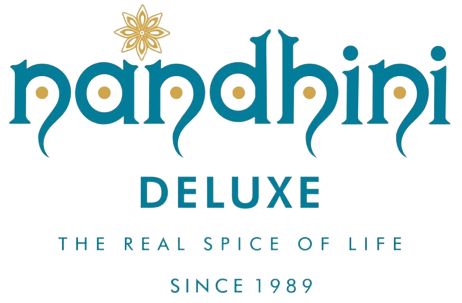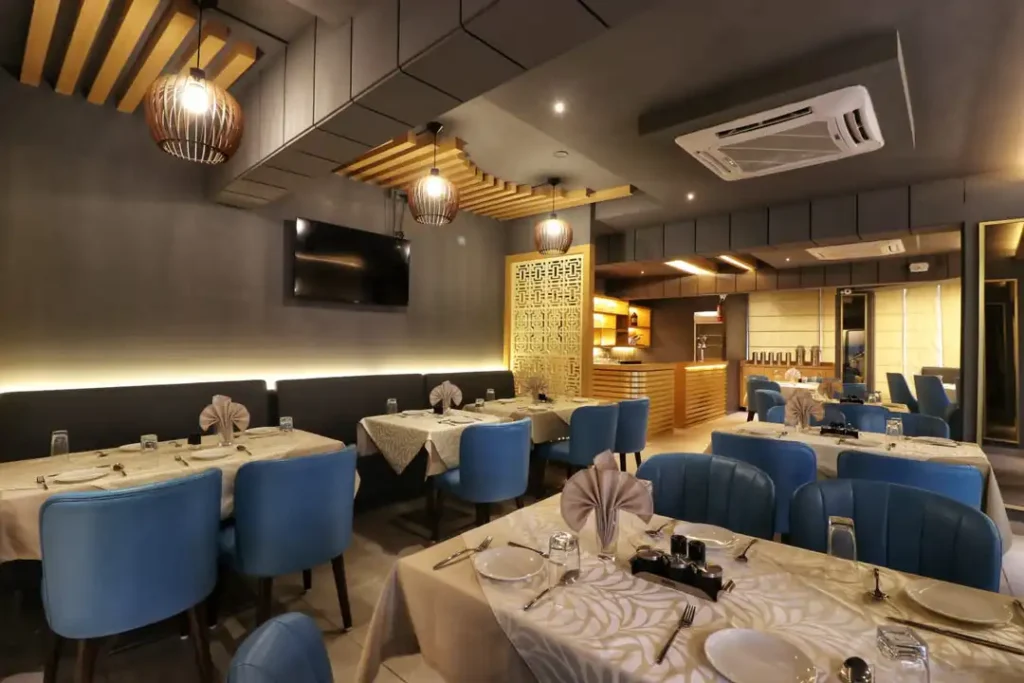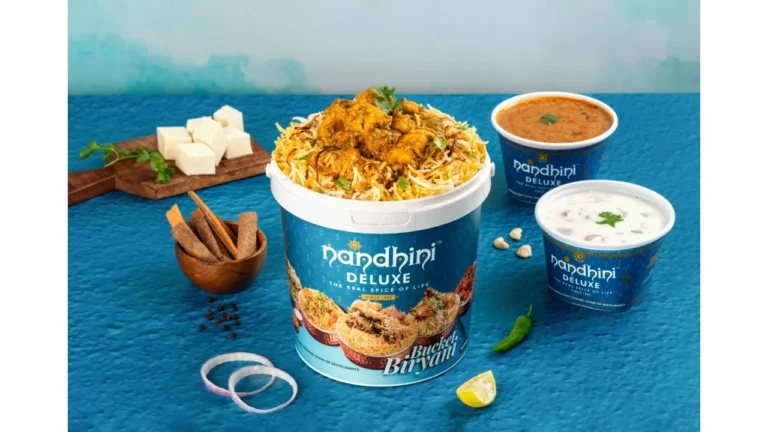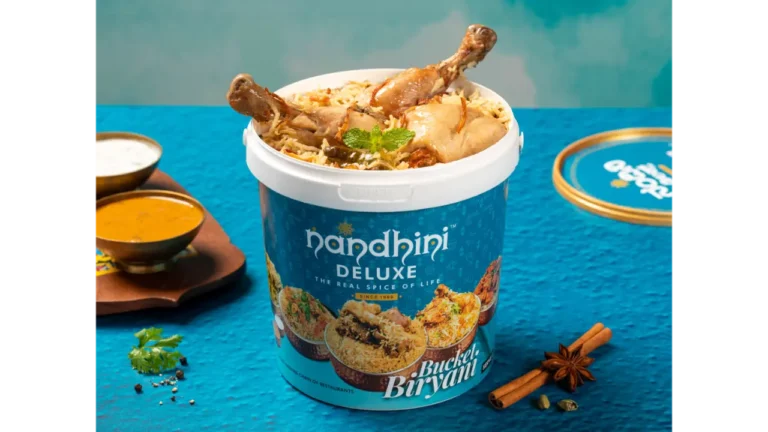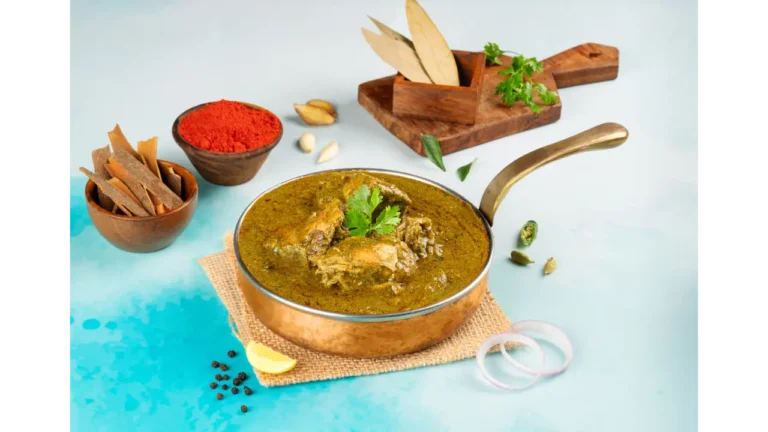Introduction – Why a Corporate Catering Checklist Matters
Planning an office event? Whether it’s a team lunch, boardroom meeting, or quarterly town hall, food plays a bigger role than you might think. Good catering doesn’t just fill plates, it enhances the entire event experience, reflects your company’s professionalism, and keeps attendees energized and engaged.
But with dozens of moving parts, dietary needs, vendor coordination, delivery timing, and setup, it’s easy to miss a crucial detail. That’s why having a corporate catering checklist is more than helpful—it’s essential.
This guide is built for office managers, executive assistants, HR leads, and corporate event planners looking to run seamless office events without food-related hiccups. From vendor selection to sustainability and dietary inclusivity, we’ve outlined everything you need to make smart decisions for your next catered office gathering.
Key Takeaways – What You’ll Find in This Checklist
Here’s a snapshot of what this guide helps you cover, step-by-step:
- Define your event goals, guest count, and catering style
- Choose the right corporate catering vendor with tasting sessions
- Plan for diverse dietary needs: vegetarian, vegan, gluten-free, allergies
- Understand logistics: setup, equipment, delivery, staff, and cleanup
- Include sustainable practices (cutlery, packaging, food waste)
- Use sample scenarios for lunch buffets, boardroom snacks, and boxed meals
- Download a printable catering checklist to stay organized
Table of Contents
Pre-Event Planning – Set the Stage Right
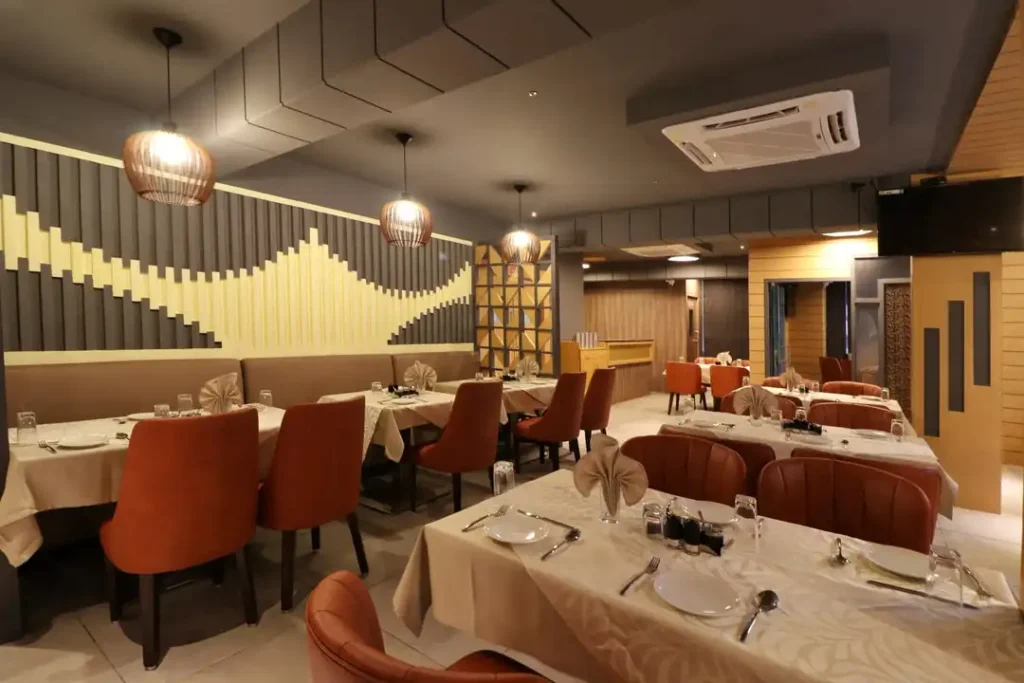
Before you even choose a catering vendor, a solid foundation needs to be laid. Planning ensures your event runs smoothly and meets expectations—not just in terms of food, but also logistics, budget, and experience.
Here’s what to cover during the pre-event planning phase:
- Define the Purpose of the Event. Is this a formal client meeting, an internal town hall, or a casual team celebration? The event’s nature determines the menu type, serving style, and formality.
- Finalize the Guest Count. The accurate headcount = accurate budgeting. Don’t forget to account for speakers, last-minute additions, or remote attendees who might need separate boxed meals.
- Set the Catering Budget Corporate catering costs vary based on menu complexity, service style (buffet, plated, boxed), and dietary requirements. Include a 10% buffer for unexpected needs.
- Shortlist Catering Vendors: Early Research local corporate caterers. Look for experience with office events, customizable menus, professional staff, and timely service. Schedule tasting sessions if possible.
- Choose the Right Menu. Go for a balanced spread: include veg and non-veg options, lighter fare, and comfort items. Avoid overly messy or pungent foods, especially in formal office settings.
- Coordinate with Venue or Facility Teams. Check pantry access, refrigeration availability, power outlets, and elevator timings if your office is in a high-rise. These logistical details matter more than you think.
Catering Logistics & Execution – The Day-Of Game Plan
When event day arrives, execution is everything. Even a great menu can fall flat without seamless logistics. Here’s how to manage the key elements on the day of your event.
- Confirm Delivery and Setup Schedule. Your catering vendor should arrive 60–90 minutes before service begins. Verify if they’ll bring chafing dishes, cutlery, serving tables, and cleanup support.
- Staffing and Service Style: Decide if you need servers, live counters, or just drop-off catering. For sit-down meetings, trained servers may be ideal. For team lunches, self-serve buffets often work best.
- Set Up Marked Dietary Zones. Create labeled sections for vegetarian, vegan, gluten-free, and nut-free dishes. Clear signage reduces confusion and ensures safety for attendees with dietary restrictions.
- Temperature Management: Keep hot items hot and cold items cold. Use insulated containers, burners, or ice trays to maintain food safety and taste.
- Waste & Clean-Up Plan: Ensure your caterer handles cleanup or coordinate with the housekeeping team. Provide visible waste bins and eco-friendly disposal options when possible.
By handling these logistics in advance, you can ensure a stress-free catering experience that impresses everyone, from interns to the C-suite.
Sustainability & Eco-Friendly Practices
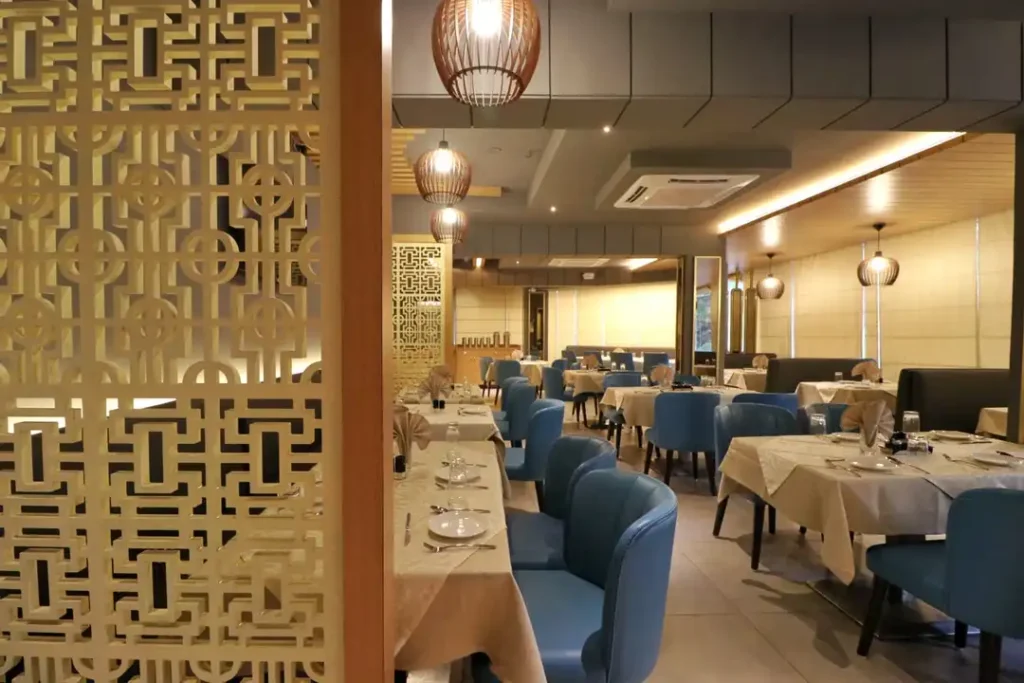
Modern workplaces are becoming more conscious of environmental impact, and your catering choices can reflect that. By integrating sustainable catering practices into your corporate events, you not only reduce waste but also show that your company values social responsibility.
Here’s how to add a green touch to your corporate catering checklist:
- Use Compostable or Reusable Serveware. Opt for biodegradable plates, bamboo cutlery, and paper straws. For internal events, reusable metal or ceramic dishes can be arranged in advance.
- Minimize Single-Use Plastic.s Request your catering vendor to avoid plastic clamshell boxes, wraps, and non-recyclable containers. Instead, use recyclable or compostable alternatives.
- Source Seasonal and Local Ingredients. Local produce means fewer transportation emissions and fresher food. Ask vendors if their ingredients are locally or ethically sourced.
- Portion Mindfully to Reduce Waste. Instead of over-ordering, work with your vendor to create a meal plan that avoids unnecessary excess. For large events, track consumption patterns over time.
- Have a Plan for Leftovers: Coordinate with food rescue groups or NGOs to donate leftovers. Alternatively, allow staff to pack extra food using reusable containers.
Sustainable catering doesn’t have to be complicated; it’s about making intentional choices that align with your company’s eco-goals while still serving delicious food.
Vendor Selection & Management
Choosing the right catering vendor is half the battle. A reliable, experienced partner can make even last-minute office events look effortlessly smooth. Here’s how to evaluate your options and manage them effectively.
- Check for Corporate Catering Experience. Not all caterers are the same. Look for those who specialize in office events—especially if they’re familiar with handling multiple dietary restrictions, delivering in high-rise buildings, or working with corporate kitchens.
- Request Menu Customization and Tastings. Choose vendors that offer flexible menu options tailored to your team’s preferences. Don’t hesitate to ask for sample tastings, especially for large or recurring events.
- Compare Quotes Thoroughly. Don’t just look at per-head costs. Review what’s included: delivery charges, service staff, table setup, cutlery, cleanup, and cancellation terms.
- Evaluate Their Service Standards Look for punctuality, hygiene practices, uniformed staff, and responsiveness. You can often find vendor reviews on Google, LinkedIn, or B2B event planning forums.
- Clarify Terms in Advance. Have a clear written agreement outlining delivery windows, dietary needs, setup timing, cancellation policies, and refund clauses. This avoids last-minute confusion.
Vendor selection isn’t just about food—it’s about professionalism, reliability, and making sure your corporate event runs smoothly without micromanagement.
Example Scenarios for Corporate Events
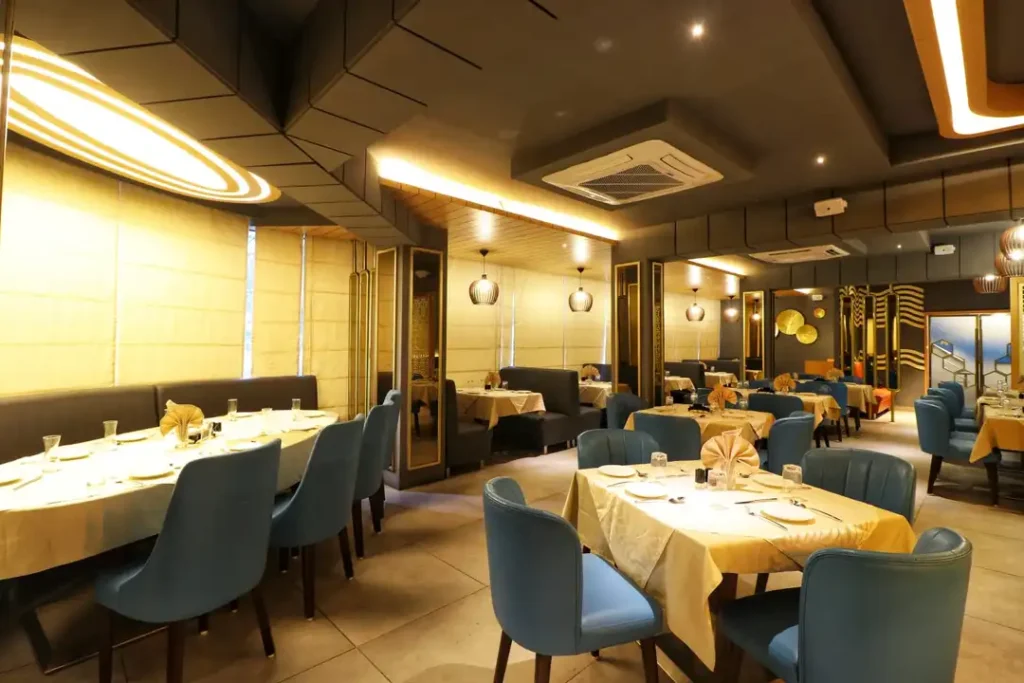
Catering needs change based on the format, time, and intent of your office event. Here are a few real-world scenarios to help you apply this checklist effectively:
1. Tech Startup All-Hands Lunch (50–100 people)
- Preferred Menu: Buffet with Andhra-style biryani, Indo-Chinese starters, and dessert
- Setup: Self-serve chafing dishes with eco-cutlery, clearly marked dietary zones
- Beverages: Buttermilk, lemon juice, and mineral water dispensers
- Vendor Type: Mid-size caterer with event staff and disposables
2. Boardroom Strategy Meeting (10–15 people)
- Preferred Menu: Individual boxed meals or neatly plated light items (grilled sandwiches, salads, sweets)
- Setup: Delivered and placed in breakout room with insulated boxes
- Beverages: Fresh juice and coffee service
- Vendor Type: Premium caterer offering corporate meal trays
3. Virtual/Hybrid Team Engagement Day
- Preferred Menu: Pre-packed meal boxes for delivery to remote attendees + in-office buffet
- Setup: Coordinated delivery slots; staggered buffet access in the office
- Beverages: Packaged drinks and tea kits
- Vendor Type: Multi-location caterer with direct-to-door delivery capabilities
These examples show that corporate catering is never one-size-fits-all. Customization is the key to making sure everyone, from interns to execs, feels considered.
Post-Event Review & Feedback
Once the food’s been served and the event wraps up, your job isn’t quite done. Post-event review is essential to refine the process for next time and ensure accountability.
1. Collect Internal Feedback
Send out a short post-event survey asking about food taste, presentation, portion size, and variety. This helps identify future improvements and crowd favorites.
2. Track Leftovers and Waste
Keep a note of how much food was left behind, and why. This helps adjust portion planning for upcoming events and shows areas where sustainability can be improved.
3. Rate the Vendor Performance
Did they arrive on time? Were their staff courteous? Did they follow hygiene protocols? Maintain a running sheet of vendor scores if you organize regular events.
4. Close the Budget Loop
Reconcile actual costs vs. budgeted estimates. Include taxes, transport, additional items, and tips. Share this insight with finance or procurement if applicable.
5. Save the Updated Checklist
Your customized checklist, once refined through real events, becomes a powerful internal template, especially helpful for teams handling multiple events each quarter.
Post-event steps may seem minor, but they’re what elevate you from a good planner to a great one.
Why Nandhini Is a Trusted Choice for Corporate Catering in Bangalore
When it comes to corporate catering in Bangalore, few names are as consistent and reliable as Nandhini. With decades of experience in serving authentic South Indian, Andhra-style, and North Indian menus, Nandhini understands the unique needs of office events—whether it’s a leadership lunch, training day, or a festive team celebration.
Here’s what makes Nandhini ideal for your next office event:
- Tailored corporate menus that balance variety and dietary inclusivity
- Punctual delivery with full-service support, including servers and setup
- Customizable packages for small meetings to 500+ employee events
- Professional hygiene standards and eco-conscious packaging options
- Trusted by top tech parks, startups, and MNCs across Bangalore
From spicy Andhra biryani and crispy veg starters to business-class thalis and mini-meal boxes, Nandhini brings a taste of tradition to your corporate table, while keeping the planning process simple and stress-free.
Looking for dependable, flavorful, and scalable catering?
Visit Nandhini to explore menu options or book a custom tasting session for your office event.
Frequently Asked Questions (FAQ)
1. How far in advance should I book a corporate caterer?
Ideally, 2–3 weeks in advance, especially for mid to large-scale events. For high-demand seasons like year-end or festival weeks, book 4–6 weeks ahead.
2. What are some good menu options for office catering?
Stick to balanced menus: light starters, vegetarian and non-veg mains, easy-to-eat sides, and one dessert. Avoid overly messy or heavily spiced dishes for formal settings.
3. How do I accommodate dietary restrictions in office events?
Create labeled zones for vegan, gluten-free, and allergy-prone dishes. Use symbols or tags and communicate clearly with your caterer ahead of time.
4. Can I use the same checklist for virtual or hybrid events?
Yes, with slight modifications. For virtual teams, coordinate doorstep meal deliveries or share e-vouchers for food delivery apps along with event kits.
5. How can I make my corporate catering more sustainable?
Use compostable packaging, minimize plastic, portion smartly, and donate safe leftovers. Ask caterers about local sourcing and eco-certifications.
Conclusion
Corporate catering isn’t just about serving food—it’s about curating an experience that reflects your organization’s values, culture, and attention to detail. From onboarding brunches to quarterly town halls and leadership offsites, great food leaves a lasting impression.
With this checklist in hand, you’re better equipped to:
- Plan smart, based on event type and budget
- Choose the right vendor for your corporate needs
- Deliver a smooth, well-coordinated meal service
- Support sustainability and dietary inclusivity
- Improve future events with measurable feedback
Want to simplify your next office event even further? Download our ready-to-use Corporate Catering Checklist—a printable, editable tool designed to save time and prevent last-minute chaos.
